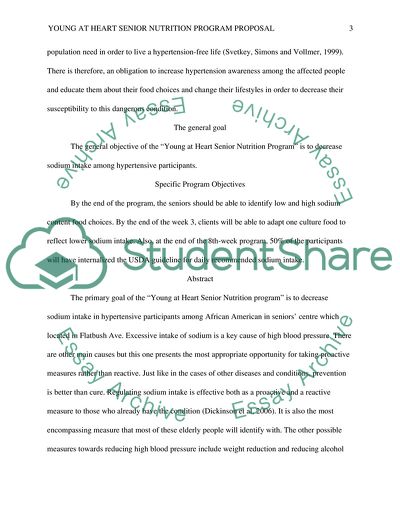Cite this document
(Young at Heart Senior Nutrition Program Research Proposal, n.d.)
Young at Heart Senior Nutrition Program Research Proposal. https://studentshare.org/health-sciences-medicine/1804606-proposal-about-nutrition-intervention-i-am-trying-to-make-the-program-is-called-young-at-heart-senior-nutrition-program
Young at Heart Senior Nutrition Program Research Proposal. https://studentshare.org/health-sciences-medicine/1804606-proposal-about-nutrition-intervention-i-am-trying-to-make-the-program-is-called-young-at-heart-senior-nutrition-program
(Young at Heart Senior Nutrition Program Research Proposal)
Young at Heart Senior Nutrition Program Research Proposal. https://studentshare.org/health-sciences-medicine/1804606-proposal-about-nutrition-intervention-i-am-trying-to-make-the-program-is-called-young-at-heart-senior-nutrition-program.
Young at Heart Senior Nutrition Program Research Proposal. https://studentshare.org/health-sciences-medicine/1804606-proposal-about-nutrition-intervention-i-am-trying-to-make-the-program-is-called-young-at-heart-senior-nutrition-program.
“Young at Heart Senior Nutrition Program Research Proposal”. https://studentshare.org/health-sciences-medicine/1804606-proposal-about-nutrition-intervention-i-am-trying-to-make-the-program-is-called-young-at-heart-senior-nutrition-program.


